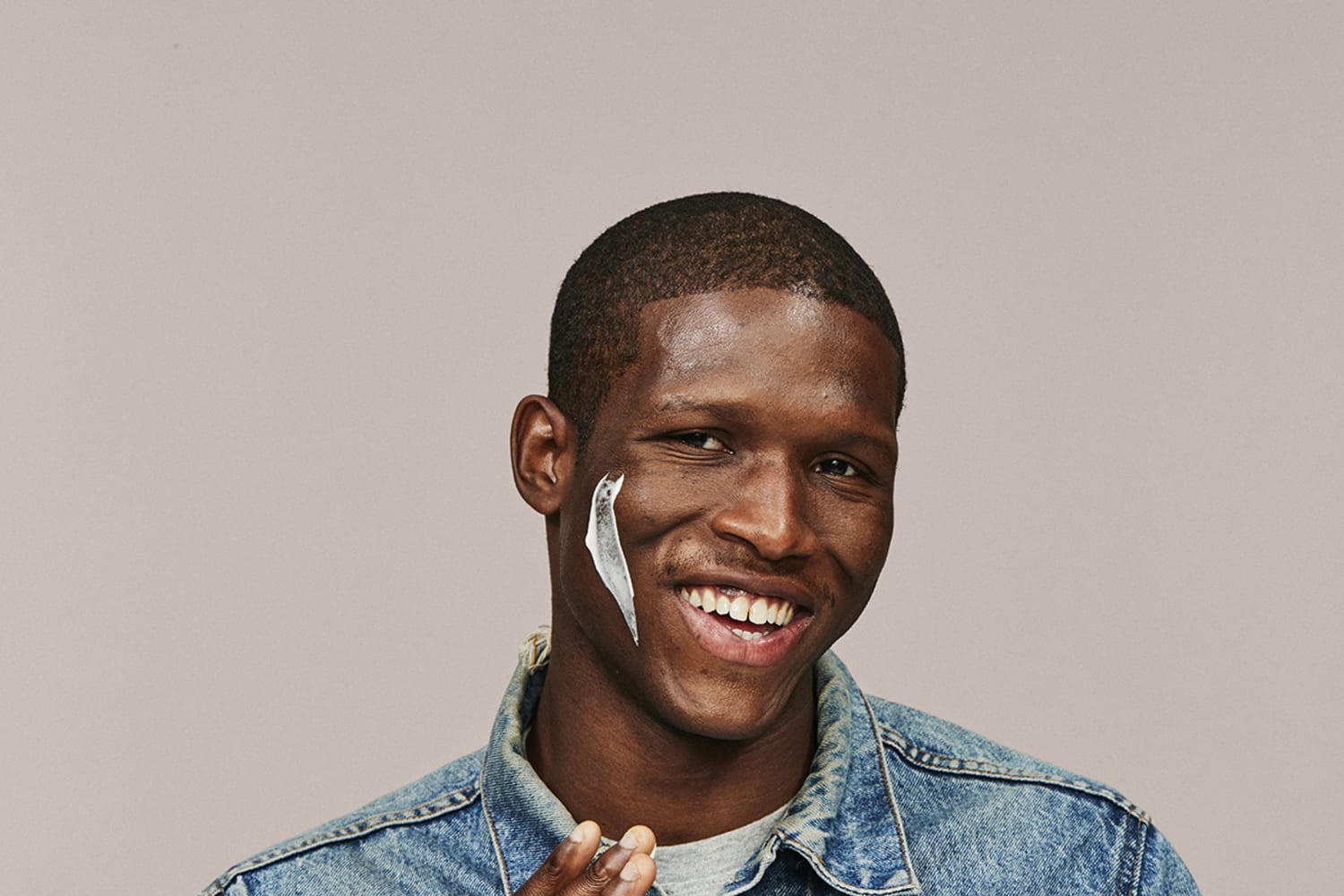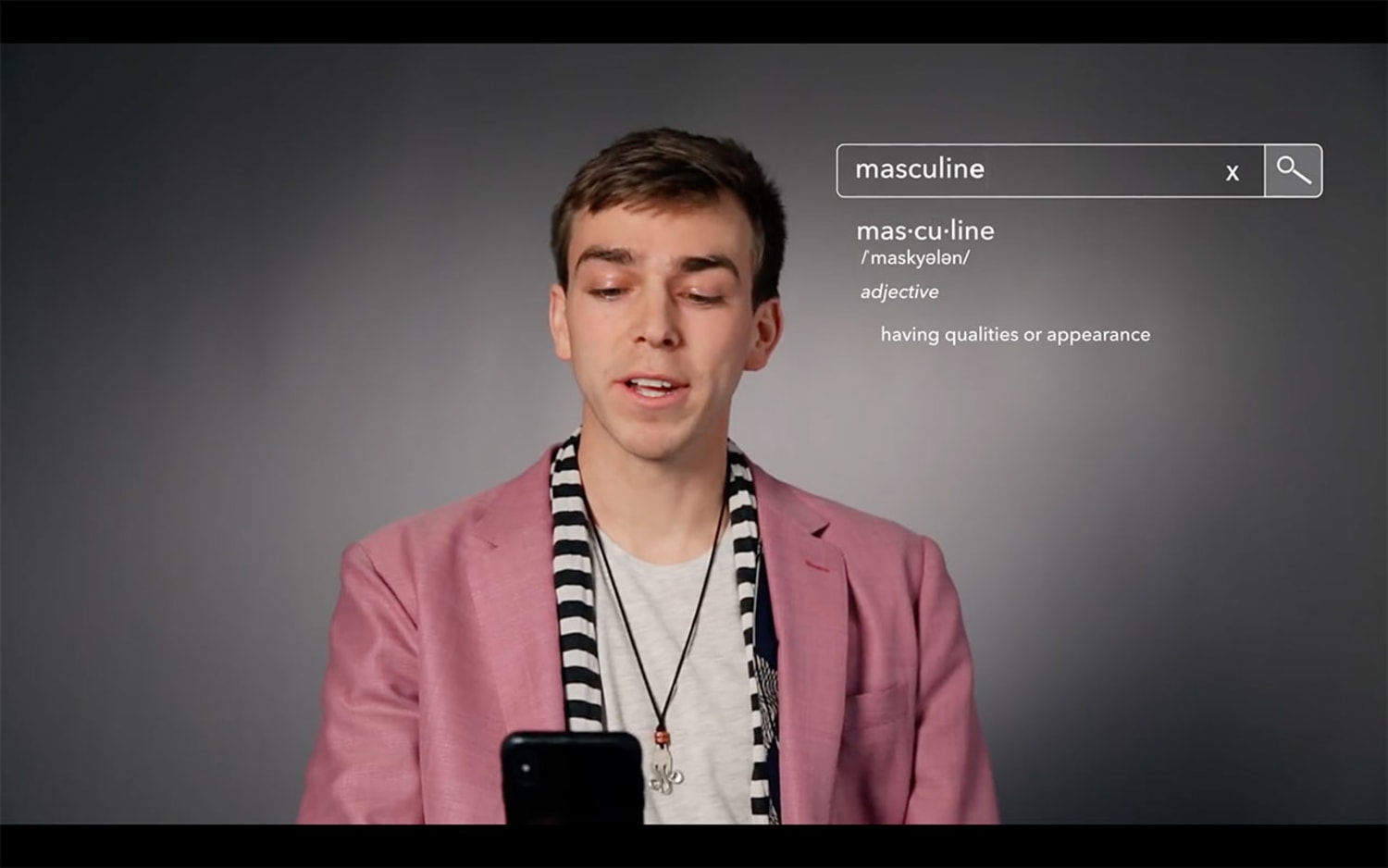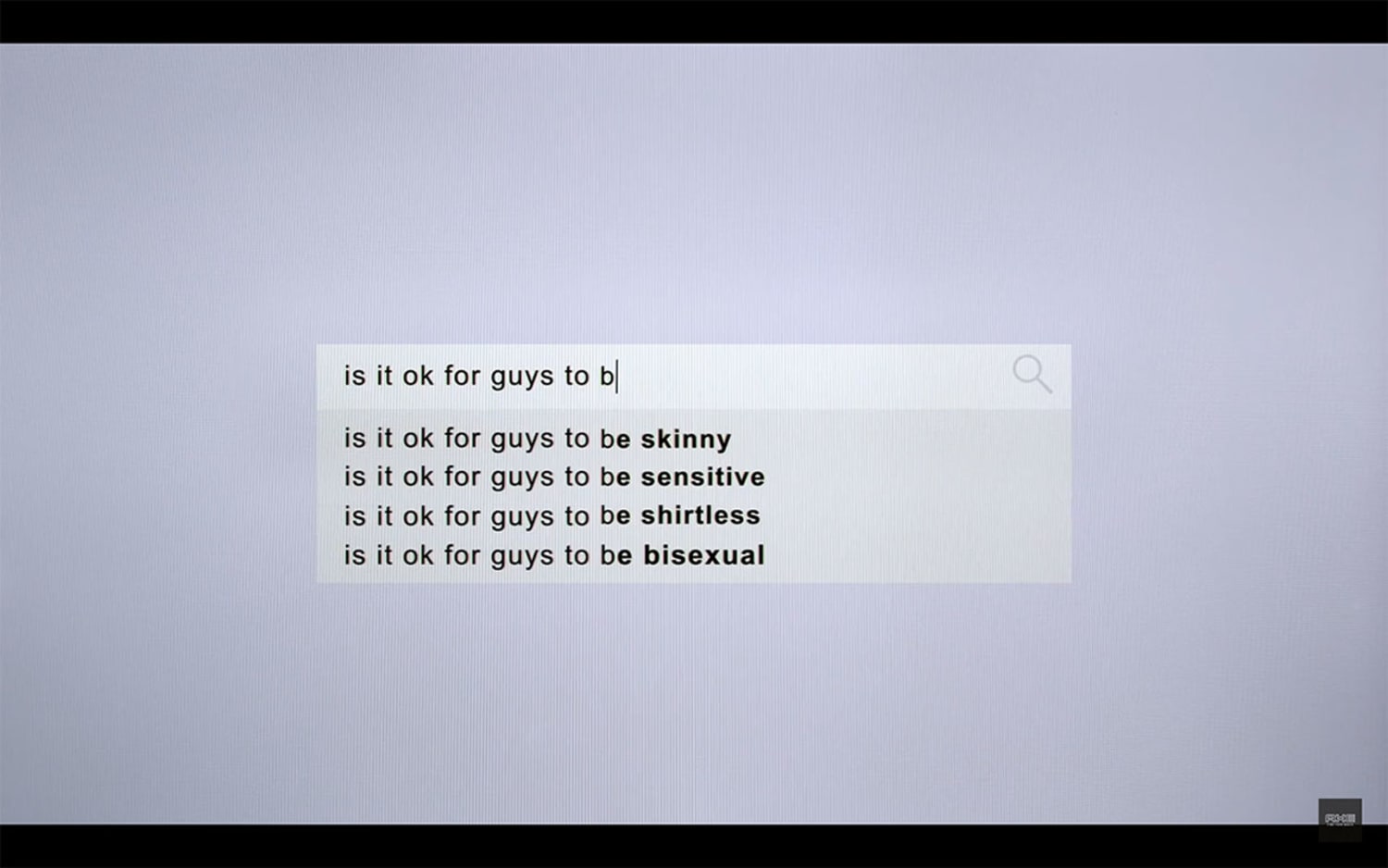Fourth-wave feminism has given rise to populist female empowerment, seeping into every brand sector from tampons to sportswear to fintech. The #MeToo movement, the gender pay gap and intersectional feminism are on cultural agendas across the world. Brands, marketers, and newsmakers have intensively zeroed in on the female experience of late—and rightly so. And now, insights agencies, research groups and think tanks are starting to ask: what about men? In the ideological corner, they are addressing the challenges of defining manhood against narratives of toxic masculinity—not least, connecting to the men who feel alienated by these tropes. In the commercial sense, how do we market and sell to today’s man? What does he look like?
One of the higher-profile examples was released by London-based futures consultancy The Future Laboratory. In the “New Masculinity” report released in spring 2018, The Future Laboratory team takes a deep dive into the shifting definition of manhood. “One of the main things that came out of this project was firstly that we didn’t want to go from having one monolithic version of masculinity—which, from the perspective of this report, we define as being toxic or having toxic elements—to creating another monolithic version of masculinity that people have to subscribe to,” Peter Maxwell, senior journalist and author of the report, tells JWT Intelligence.
Faith Popcorn’s BrainReserve also released a study at the summer 2018 Cannes Lions International Festival of Creativity. Initiatives launched by marketers such as Carl Martin (formerly of Burberry and UsTwo) include Menmade, a collective for men who do not recognize themselves in negative, one-sided pop-culture narratives. Trailblazing brands from Axe to Nike have also started to present a more multifaceted view of masculinity.









